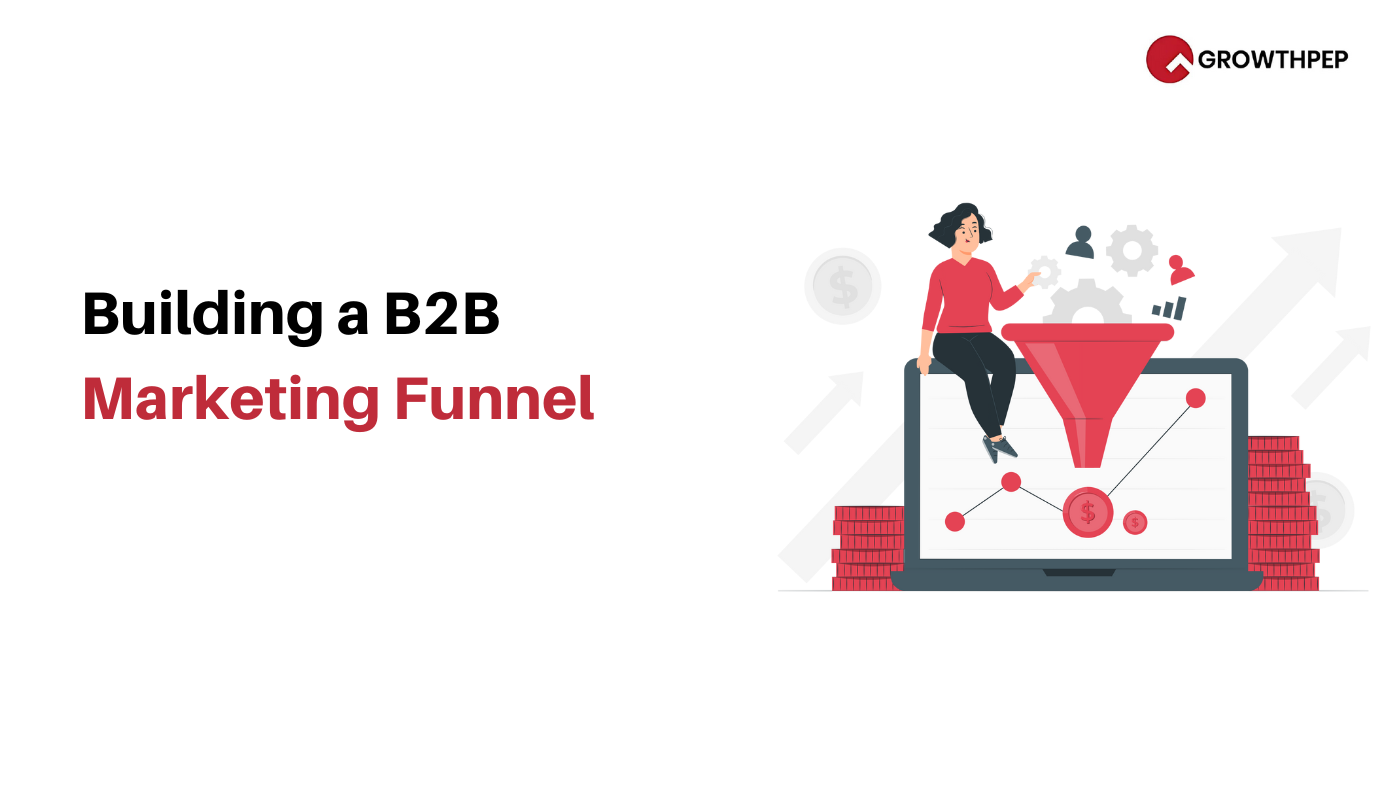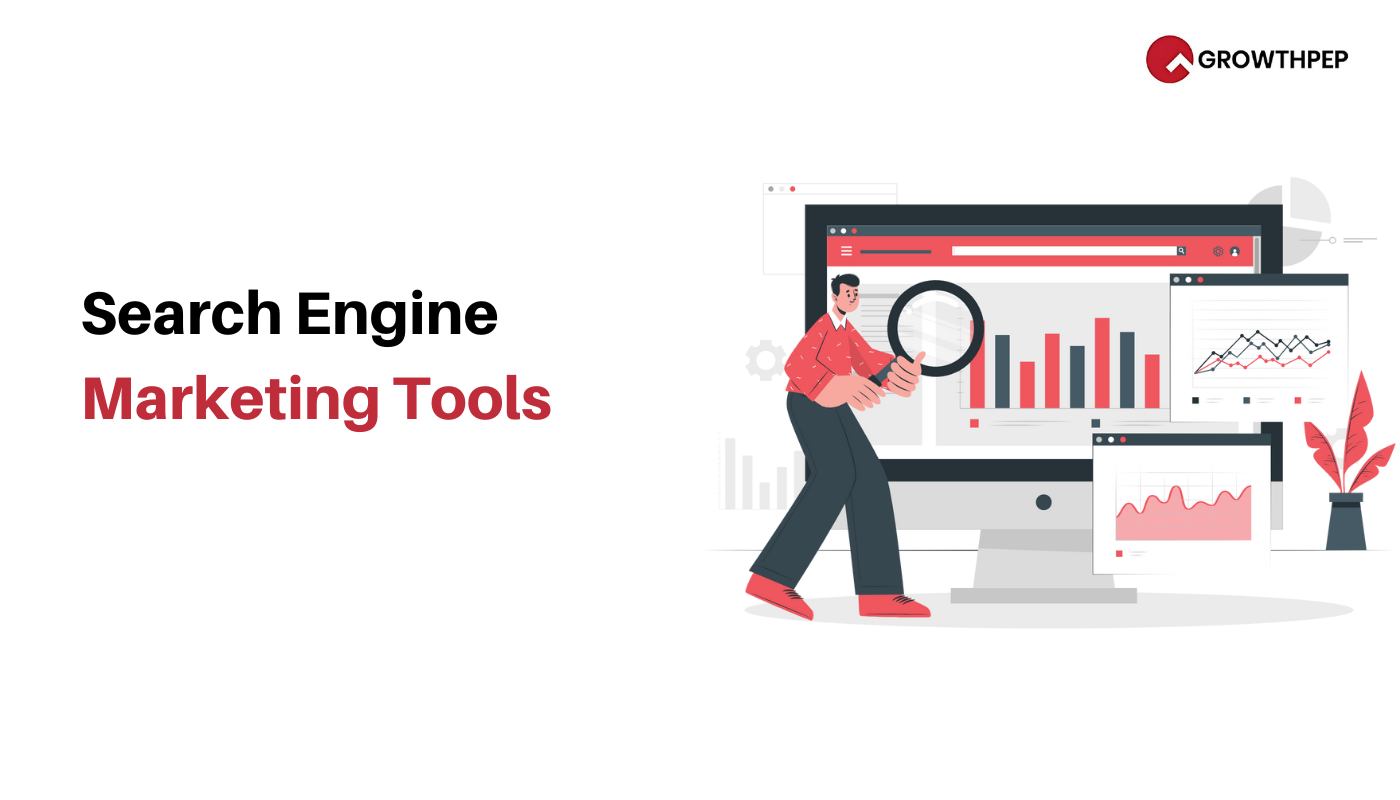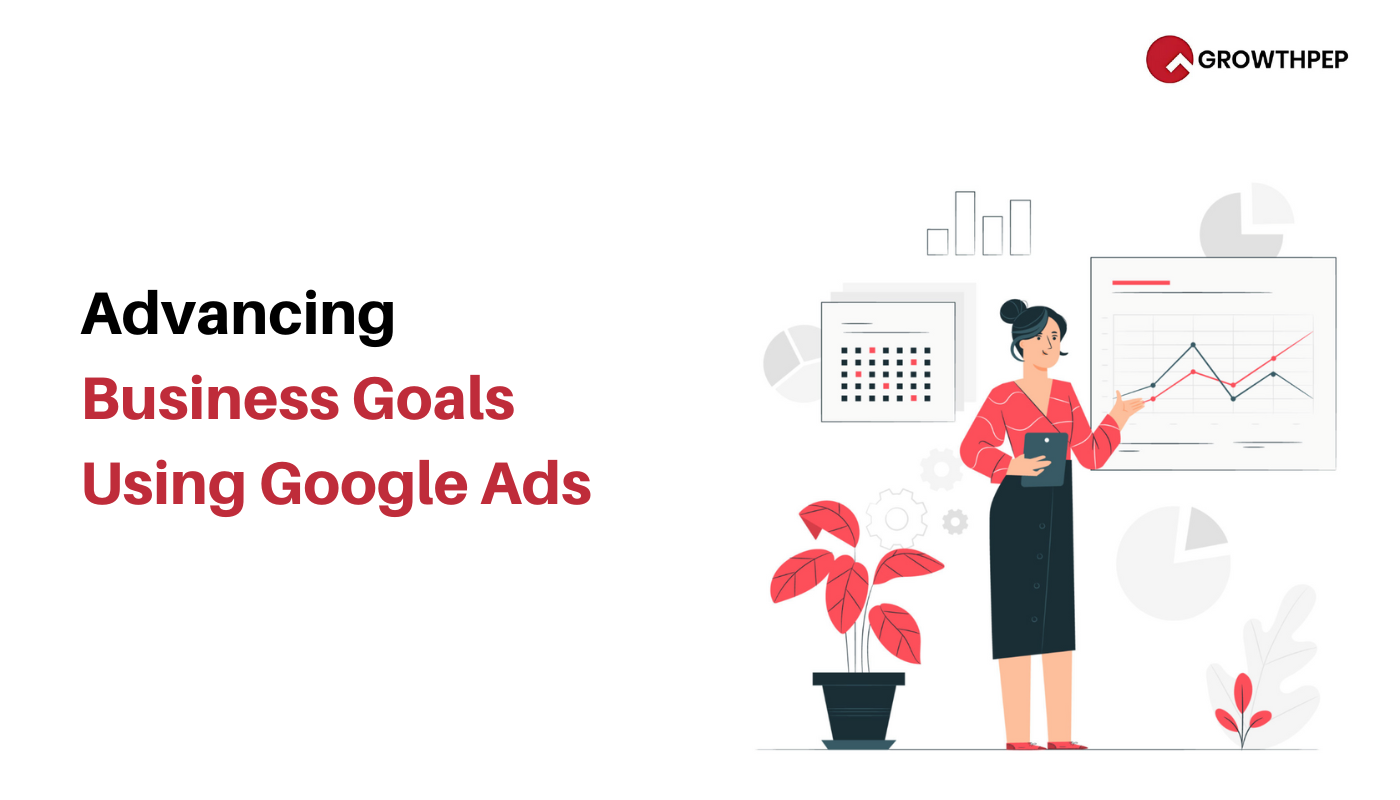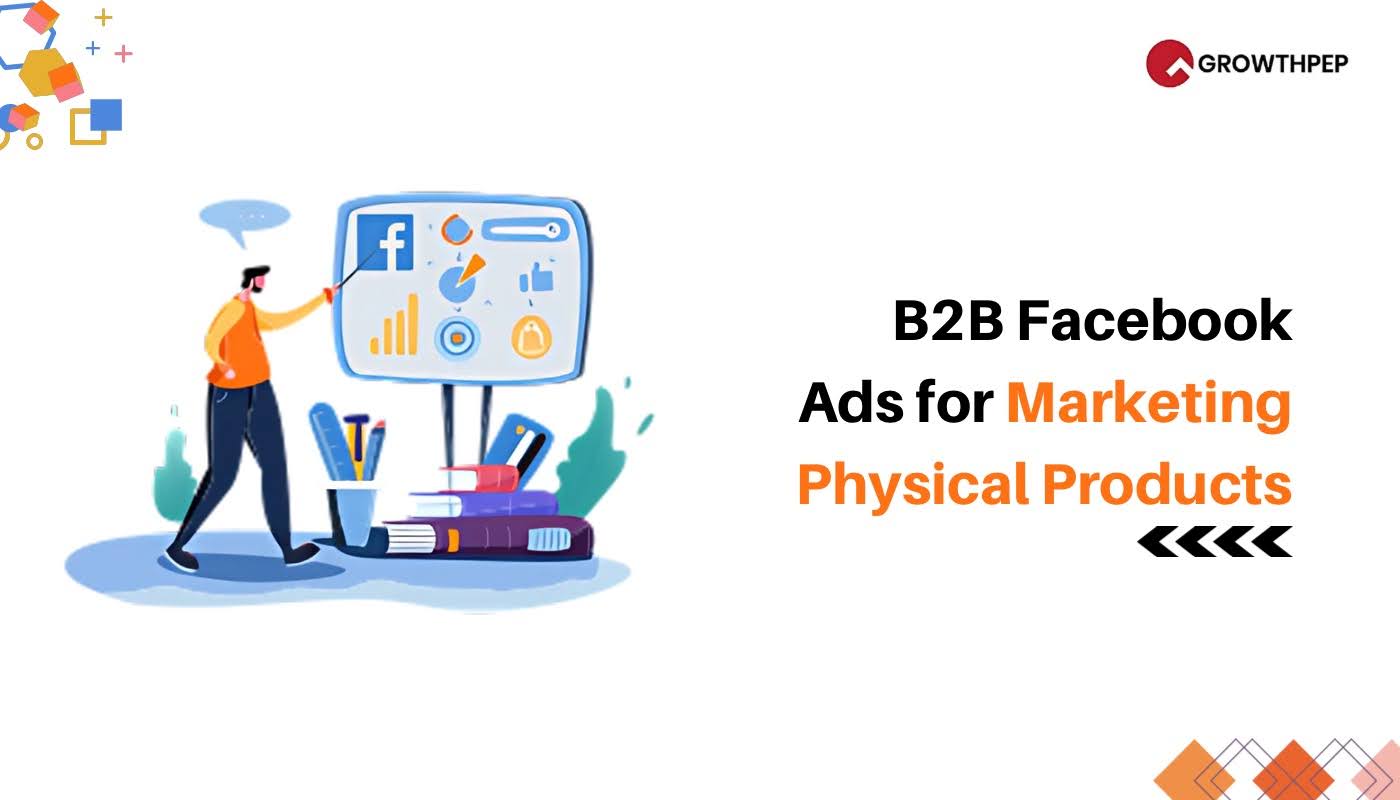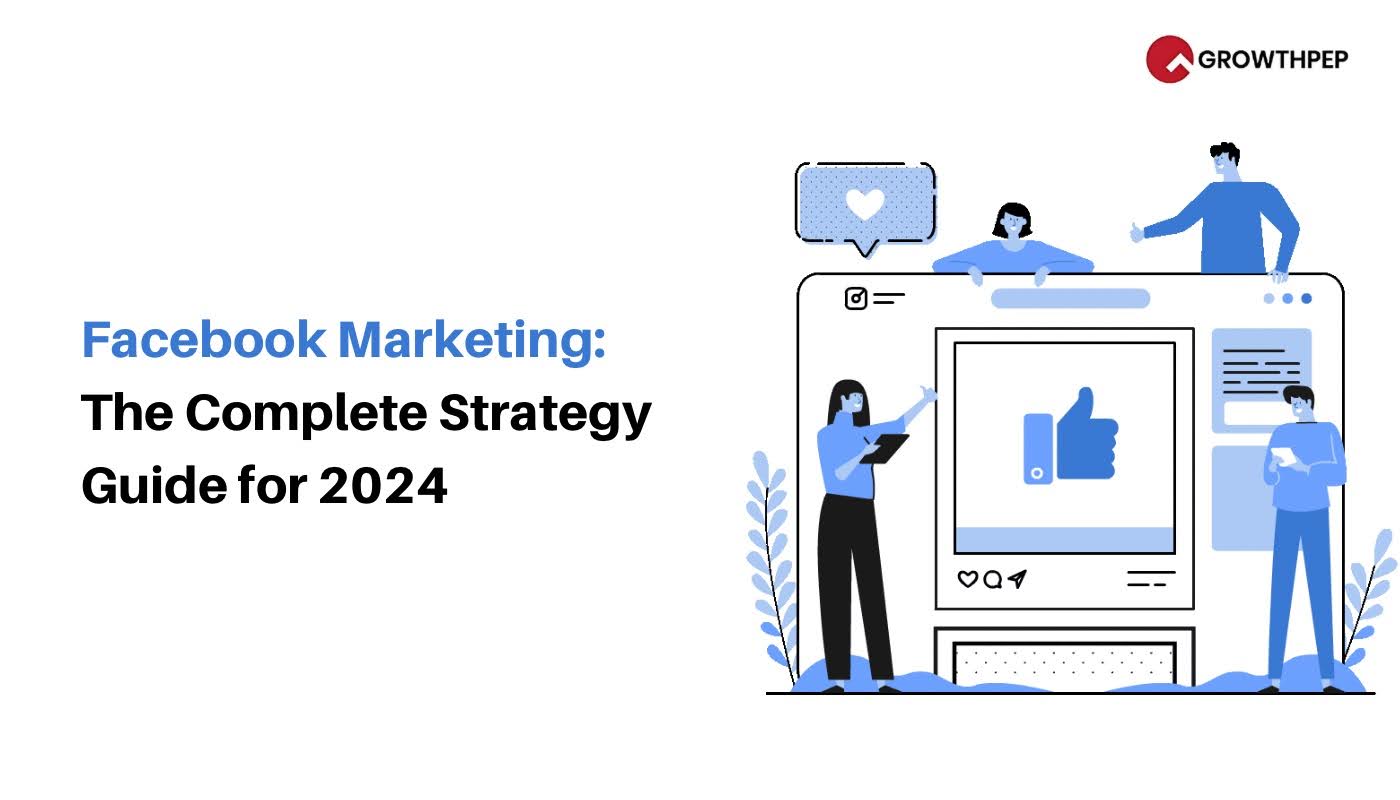Understanding and Building a B2B Marketing Funnel
Imagine trying to buy a rocket ship without any guidance—now, that’s what navigating B2B marketing feels like without a proper funnel!
For founders and business owners of SMEs or startups, understanding and effectively utilising a B2B marketing funnel is crucial for driving marketing success. This strategic funnel guides potential customers through different stages of their buying journey, from initial awareness to final decision-making.
In this blog, we’ll explore each stage of the B2B marketing funnel, offering actionable insights into building and optimizing your funnel for maximum results. Whether you run an e-commerce business or offer services, mastering the B2B funnel is key to scaling your operations through effective performance marketing.
But first, let’s define exactly what a B2B marketing funnel is and why it’s essential for your business.
What is a B2B Marketing Funnel?
A B2B marketing funnel is a framework that helps businesses understand and manage the buyer’s journey, which typically involves multiple stages from awareness to purchase. Unlike B2C (business-to-consumer) marketing, where the buying process can be more spontaneous, B2B transactions often involve longer decision-making processes, multiple stakeholders, and higher levels of scrutiny. The B2B marketing funnel allows marketers to systematically nurture leads through each stage of the buying journey, ensuring they are guided toward making informed purchasing decisions.
The funnel is typically divided into three primary stages: the top of the Funnel (TOFU), the Middle of the Funnel (MOFU), and the Bottom of the Funnel (BOFU). Each stage requires a different approach regarding content, engagement strategies, and success metrics. By understanding and optimising each stage, businesses can create a more effective B2B marketing funnel that drives conversions and fosters long-term customer relationships.
Now, let’s break down each stage of the B2B marketing funnel to understand better how to engage your prospects effectively.
Stages of the B2B Marketing Funnel
Understanding the stages of the B2B marketing funnel is crucial for developing a strategic approach to guide potential customers from awareness to decision-making. Each stage requires unique techniques and content types to engage and convert prospects effectively. Here’s a closer look at each stage:
1. Top of the Funnel (TOFU): Awareness
The Top of the Funnel (TOFU) is the awareness stage, where potential customers first become aware of your brand or product. At this stage, the goal is to capture the attention of a broad audience and introduce them to your business. The content and techniques used at this stage should focus on educating and informing potential leads about their problems and how your product or service can help solve them.
Techniques and Content Types for Raising Awareness:
- Blog Posts: Create informative and engaging blog posts that address common pain points in your industry. Use SEO best practices to ensure your content ranks well in search engines and attracts organic traffic.
- Social Media: Leverage social media platforms to share valuable content, engage with your audience, and increase brand visibility. Social media ads can also target specific demographics and drive awareness.
- Videos: Produce short, informative videos that explain industry trends, challenges, and solutions. Video content is highly shareable and can effectively capture the attention of busy decision-makers.
- Research Papers: Publish research papers or industry reports that provide in-depth insights and data, positioning your brand as a thought leader in the market.
2. Middle of the Funnel (MOFU): Consideration
The Middle of the Funnel (MOFU) is the consideration stage, where potential customers who have shown interest in your brand begin to evaluate your offerings. At this stage, the goal is to nurture these leads by providing them with more detailed information and resources that help them compare their options and consider your product or service a viable solution.
Techniques and Content Types for Engaging Interested Prospects:
- Webinars: Host live or recorded webinars that dive deep into specific industry topics, product features, or case studies. Webinars allow you to engage with prospects directly and address their questions in real time.
- Case Studies: Showcase real-life examples of how your product or service has helped other businesses achieve their goals. Case studies provide social proof and demonstrate the practical value of your offerings.
- White Papers: Offer papers that comprehensively analyse industry challenges and solutions. White papers are valuable resources for decision-makers who need detailed information to make informed choices.
- Product Comparisons: Create comparison guides highlighting the key differences between your product and competitors’ offerings. This helps prospects make more informed decisions during the consideration stage.
3. Bottom of the Funnel (BOFU): Decision
The bottom of the funnel (BOFU) is the decision stage, where potential customers are ready to purchase. At this stage, the goal is to provide the final push that convinces leads to choose your product or service over others. The content and techniques used at this stage should highlight your offerings’ unique value proposition and address any remaining objections or concerns.
Techniques and Content Types for Converting Prospects:
- Testimonials: Share testimonials from satisfied customers that highlight the benefits of your product or service. Positive reviews and endorsements can build trust and credibility.
- Consultations: Offer free consultations or assessments to help prospects understand how your product or service can be tailored to their needs. Personalised interactions can increase the likelihood of conversion.
- Product Demos: Provide product demos or trials that allow prospects to experience your offering firsthand. A hands-on experience can help potential customers see the value of your product and make a confident decision.
With a clear understanding of each stage, it’s time to focus on building a robust B2B marketing funnel that serves your business goals.
How to Build a B2B Marketing Funnel
Constructing an effective B2B marketing funnel involves strategic planning and the implementation of specific tactics at each stage to guide prospects through their buying journey. Below are essential steps to help you build a robust B2B marketing funnel:
1. Driving Target Audience to the Website (Awareness)
The first step is to attract your target audience by increasing your brand’s visibility and drawing them to your website.
- SEO Optimisation: Implement SEO strategies to ensure your content ranks high on search engines.
- Content Marketing: Develop high-quality content that addresses the needs and interests of your target audience.
- Social Media Advertising: Leverage social media platforms to run targeted ad campaigns.
2. Engaging Potential Customers with Consideration Stage Content
Once prospects know your brand, engaging them with content that addresses their needs and encourages deeper interaction is the next step.
- Email Campaigns: Send personalised emails that provide valuable information relevant to their interests.
- Retargeting Ads: Use retargeting ads to keep your brand in mind for prospects who have shown interest.
- Interactive Content: Offer webinars, quizzes, or assessments to engage prospects and gather more information about their needs.
3. Converting Leads into Customers (Action)
At this stage, the focus shifts to converting engaged leads into paying customers through persuasive and targeted content.
- Product Demos: Offer live or recorded product demonstrations to showcase the benefits of your solutions.
- Case Studies: Share success stories highlighting how your product or service has solved similar problems for other companies.
- Consultations: Provide one-on-one consultations to address any final concerns and demonstrate the value of your offering.
4. Re-engagement Tactics for Leads That Didn’t Convert
Not all leads will convert immediately, so strategies must be in place to re-engage those who didn’t take action.
- Email Drip Campaigns: Use automated email sequences to nurture leads over time and remind them of your offerings.
- Exclusive Offers: Provide time-sensitive discounts or special offers to encourage hesitant leads to convert.
- Follow-Up Calls: Contact potential customers to address any lingering questions or concerns.
5. Retention Strategies to Ensure Ongoing Customer Engagement and Upselling Opportunities
After conversion, the focus should be on retaining customers and encouraging repeat business through ongoing engagement and upsell opportunities.
- Customer Onboarding: Develop a comprehensive onboarding process to ensure new customers get the most out of your product or service.
- Loyalty Programs: Create loyalty programs that reward repeat customers and encourage long-term engagement.
- Upsell and Cross-Sell: Identify opportunities to upsell or cross-sell additional products or services that complement the customer’s initial purchase.
Growthpep’s targeted ad campaigns on platforms like Facebook and Instagram can dramatically increase your brand’s visibility.
Now that you have the foundational steps to build your funnel, let’s explore the advantages of implementing a B2B marketing funnel.
Advantages of Implementing a B2B Marketing Funnel
Implementing a B2B marketing funnel offers numerous benefits that can significantly enhance your marketing efforts and business growth. You can optimise each customer journey stage by systematically guiding prospects through the funnel. Here are some key advantages:
1. Greater Understanding of Your Audience and Their Journey
A well-structured B2B marketing funnel provides valuable insights into your audience’s behavior, preferences, and pain points. By analysing how prospects move through the funnel, you can better understand their needs and tailor your marketing strategies accordingly.
2. Enhanced Brand Awareness and Trust
You can build brand awareness and establish trust with your audience by consistently delivering valuable content at each funnel stage. As prospects engage with your content, they become more familiar with your brand, which increases the likelihood of conversion.
3. SEO Benefits from an Increased Content Strategy
A robust content strategy drives traffic and moves prospects through the funnel. Creating high-quality content addressing your audience’s needs can improve your search engine rankings, attract more organic traffic, and increase conversions.
4. Improved ROI Through Data-Driven Personalisation
A B2B marketing funnel allows for data-driven personalisation, which can significantly improve ROI. Segmenting your audience and delivering personalised content and offers at each funnel stage can increase engagement and conversion rates.
5. Nurturing Relationships and Improving Customer Retention
The B2B marketing funnel isn’t just about acquiring new customers and nurturing existing relationships. By continuing to engage customers after the sale, you can foster loyalty, encourage repeat business, and improve retention rates.
6. Easy Performance Measurement and Strategy Adaptation
One key benefit of a B2B marketing funnel is the ability to measure performance at each stage. By tracking metrics such as conversion rates, engagement levels, and ROI, you can identify areas for improvement and adapt your strategy to optimise results.
Once you’ve grasped the benefits, the next step is creating compelling content that resonates at each funnel stage.
Creating Effective Content for Each Funnel Stage
Crafting the right content for each stage of the B2B marketing funnel is essential to engage and guide potential customers through their journey effectively. Using your content to meet your audience’s specific needs and questions at each stage can significantly increase the chances of conversion. Here’s how to create impactful content for each funnel stage:
1. TOFU: Blog Posts, Social Media, Videos, Research Papers
At the TOFU stage, focus on creating content that raises awareness and educates your audience. Blog posts, social media content, videos, and research papers are all practical tools for capturing attention and driving traffic to your website.
2. MOFU: Webinars, Case Studies, White Papers, Product Comparisons
During the MOFU stage, your content should help prospects evaluate their options and consider your product or service. Webinars, case studies, white papers, and product comparisons provide the in-depth information needed to move prospects closer to a purchase decision.
3. BOFU: Testimonials, Consultations, Product Demos
At the BOFU stage, the goal is to convert leads into customers. Testimonials, consultations, and product demos are potent tools for addressing any remaining objections and encouraging prospects to take the final step.
Crafting the right content is crucial, but understanding how to measure and optimise your funnel’s performance is equally important.
Measuring and Optimising the Funnel
To ensure the success of your B2B marketing funnel, it’s essential to measure and optimise it regularly. Track key metrics such as traffic, lead generation, conversion rates, and customer retention. Use this data to identify bottlenecks, optimise content and strategies at each stage, and continually improve the funnel’s performance.
To better understand these concepts, let’s dive into practical applications and real-life examples of effective funnels.
Practical Applications and Examples
Consider practical applications and examples from real businesses to bring the concepts of the B2B marketing funnel to life.
For instance, a software company might use a combination of blog posts and webinars to attract leads and follow up with personalised demos and consultations to close deals. By analysing the effectiveness of each stage, the company can refine its funnel and increase its overall conversion rates.
Let’s cover some key takeaways with the theoretical and practical aspects.
Conclusion
A well-constructed B2B marketing funnel is essential for founders and business owners of SMEs or startups to guide potential customers through their buying journey. By strategically managing each funnel stage, you can boost brand awareness, drive conversions, and build lasting customer relationships.
For e-commerce businesses and service providers looking to scale through effective online advertising, partnering with Growthpep can make a significant impact. Growthpep specializes in optimizing B2B marketing funnels, offering rigorous A/B testing and comprehensive digital marketing solutions, including integration with platforms like Shopify and WooCommerce.
Digital marketers, business leaders, and marketing professionals focused on ROI-driven strategies will benefit from Growthpep‘s targeted approach. With our expertise, you can elevate your marketing strategy and achieve sustained business growth.
Contact us and get started!

